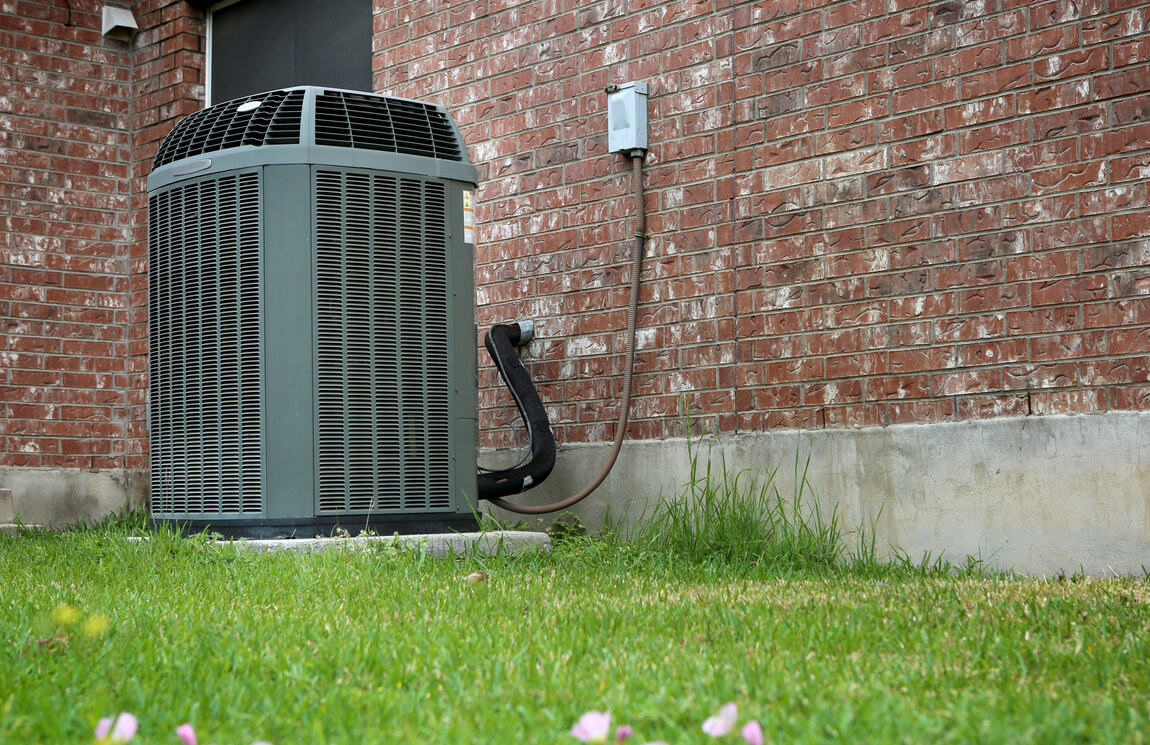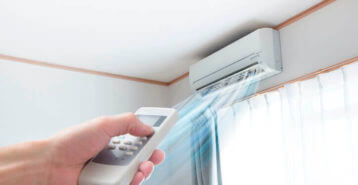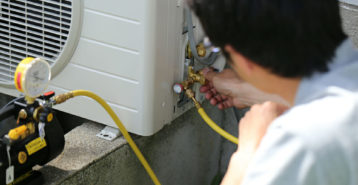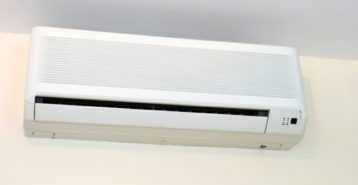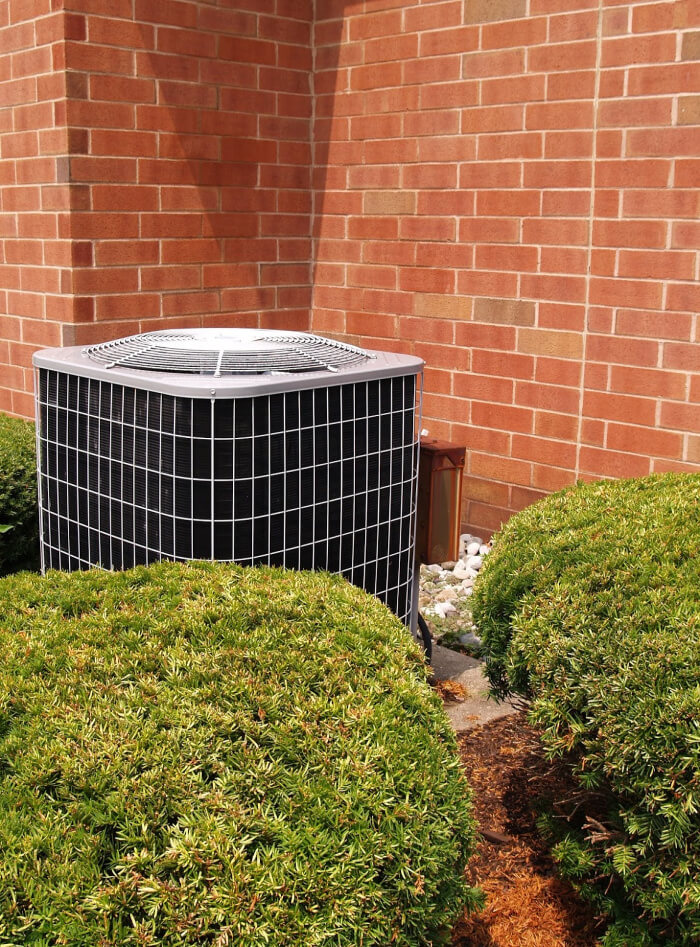What to Know About Air Conditioner Warranties
Investing in a new air conditioning system is a big decision, and just like any major purchase, it should come with strong protection. A good air conditioner warranty can help cover unexpected repairs and give you peace of mind that you won’t be stuck paying out of pocket for manufacturer defects or faulty components. Whether you’re getting ready to install a new unit or want to better understand the warranty on your current one, here’s what you need to know about AC warranties, including what they cover, what they don’t, how long they last, and how leading brands compare.

Elements of an AC Warranty
When you’re reviewing an air conditioning warranty, you’ll typically come across several key elements. Most warranties focus on specific components, such as the compressor, coils, or internal parts. Some manufacturers also offer limited warranties that only apply under specific conditions, while others allow you to purchase extended protection that cover more.
Understanding what’s included and what’s not is essential to ensuring your AC system is properly protected for years to come.
Manufacturer vs. Installer Warranty
When it comes to warranty protection, it’s important to distinguish between manufacturer and installer warranties:
- Manufacturer Warranty: Covers equipment defects or part failures due to factory issues. These warranties are typically included with the unit and vary by brand.
- Installer Warranty: Covers the quality of the installation work itself. If your system is installed improperly or needs adjustment due to human error, this is the warranty that would apply.
Both are essential for complete coverage. Ideally, your installer will back their work with a 1- to 5-year workmanship guarantee, in addition to the manufacturer’s product warranty.
Though the exact terms of your air conditioning warranty will vary based on your contractor and manufacturer, here’s a brief list of terms you can expect to see.
Part Warranties: Your system will likely be covered as a whole, but there are also warranties for individual parts of your system. For example, your new furnace may be guaranteed for 10 years but its heat exchanger might be covered for 20 years. Your warranty should list these elements in detail.
Planned Maintenance Agreement: Air conditioner warranties generally include a clause requiring regular, qualified maintenance in order for the warranty to remain in effect. Some warranties include a formalized version of this, which is called a planned maintenance agreement.
Voiding the Warranty: Your AC warranty should include a list of actions that will void your warranty. Common things that can void your warranty are neglecting annual maintenance and working with an unqualified contractor to install and maintain your system.
Extended Air Conditioner Warranties: An extended warranty starts after your original manufacturer warranty expires. You can purchase an extended warranty, which can add 5-12 years to your parts or labor coverage, from your manufacturers or installer.
What Is Covered Under an AC Warranty?
Most standard warranties on AC units cover major components of the system. These typically include:
- Compressor: One of the most expensive and vital components in your AC unit.
- Evaporator and Condenser Coils: Responsible for heat exchange.
- Factory-Installed Parts: Including capacitors, relays, fan motors, and thermostats.
Some manufacturers also include limited labor reimbursement for specific repairs, though this is less common. A well-rounded AC warranty helps shield you from the most costly equipment failures that might arise from manufacturing defects.
What Is Not Covered Under an AC Warranty?
Air conditioning warranties don’t cover everything. Here’s what’s typically excluded:
- Labor and installation errors (unless separately covered by the installer).
- Damage from improper use, neglect, or lack of maintenance (e.g., failing to change filters).
- Refrigerant replacement beyond the initial installation window.
- Aftermarket parts or unauthorized repairs that void the warranty.
To keep your warranty on an AC unit valid, most manufacturers require professional installation, proof of regular maintenance, and product registration within a specified time frame — usually 60 to 90 days after installation.
How Long Do AC Warranties Last?
The length of your AC warranty depends on the brand, product tier, and whether you’ve opted for extended coverage. Here’s a general breakdown:
| Warranty Type | Typical Duration |
|---|---|
| Basic Parts Warranty | 5 to 10 years |
| Registered Parts Warranty | 10 to 12 years |
| Labor Warranty | 1 to 5 years (if offered) |
| Extended Warranty Options | Up to 15–20 years |
Some premium manufacturers extend parts warranties if you register the product within their specified window. Always read the fine print, terms like “limited” often come with specific restrictions.
How Much Does an AC Warranty Cost?
Standard manufacturer warranties are typically included in the cost of the unit. However, if you want to extend coverage or add labor protection, there may be additional costs. Here’s a general cost breakdown:
- Standard Warranty: Usually $0 (included with unit purchase)
- Extended Parts Warranty: $150–$500
- Extended Labor Coverage: $300–$1,000
The manufacturer, installer, or a third-party provider might offer your AC’s extended warranty. While optional, they can be worthwhile for homeowners who want to minimize long-term risk or don’t plan to replace their system for 10 to 15 years.
AC Warranties by Brand
Here’s a look at what major HVAC manufacturers offer in terms of warranty protection:
- Carrier: 10-year limited parts warranty with registration; heat exchanges on select systems have a 20-year warranty.
- Trane: 10-year registered warranty on parts; optional extended coverage available.
- Goodman: Limited lifetime compressor warranty (on select models) + 10-year parts warranty.
- Lennox: Varies by model, up to 10 years for parts, 20 years or limited lifetime for heat exchangers.
- American Standard: 10-year parts warranty with registration; 5 years if unregistered; extended coverage available.
Always verify with the manufacturer and installer to confirm current warranty offerings and registration requirements.
What To Look for in an AC Warranty
A good air conditioning warranty should include:
- At least 10 years of parts coverage (with registration).
- Clear terms about labor coverage (either included or optional).
- Transferability if you sell your home (adds resale value).
- Minimal restrictions or exclusions in fine print.
The best warranties are easy to understand, cover the most critical components, and offer options for extending coverage based on your budget or needs.
FAQ: Air Conditioner Warranties
Which AC gives a 5 year warranty?
Many entry-level or unregistered air conditioners come with a basic 5-year warranty on parts. For example, if you purchase a Carrier, Trane, or Lennox unit and don’t register it within the manufacturer’s required timeframe, the standard default warranty is often 5 years. To get the full 10-year (or more) warranty, registration is typically required within 60 to 90 days of installation.
Does a home warranty cover HVAC?
Yes, most home warranty plans include some level of HVAC coverage, but terms can vary. A home warranty typically covers repairs for your AC unit due to wear and tear, not manufacturer defects. It may also include labor costs, which are not always covered by a traditional manufacturer’s warranty. Be sure to read your home warranty contract carefully to understand what’s included and any exclusions that apply.
How to check if my AC is under warranty
To check if your AC unit is still under warranty:
- Locate the unit’s model and serial number, usually found on a metal plate on the exterior of the unit.
- Visit the manufacturer’s website and use their warranty lookup tool, or call their customer service department.
- You may need proof of purchase or installation date to confirm the warranty status, especially if you registered the unit.
If your unit was professionally installed, your contractor may also have warranty records on file.
Final Thoughts on AC Warranties
Understanding your AC warranty can help you protect your investment and avoid expensive repairs. Most systems include a standard 10-year parts warranty with registration, while labor coverage and extended plans are available for an additional cost. When shopping for a new unit, compare warranties from top brands and always verify whether both manufacturer and installer warranties are included. The right warranty offers peace of mind, knowing your comfort is protected long after the system is installed.
Getting ready to replace your air conditioner? Modernize has the tools and resources to support you every step of the way. Explore our AC system cost calculator, and let us help you connect with a trusted local contractor to get the job done right.
